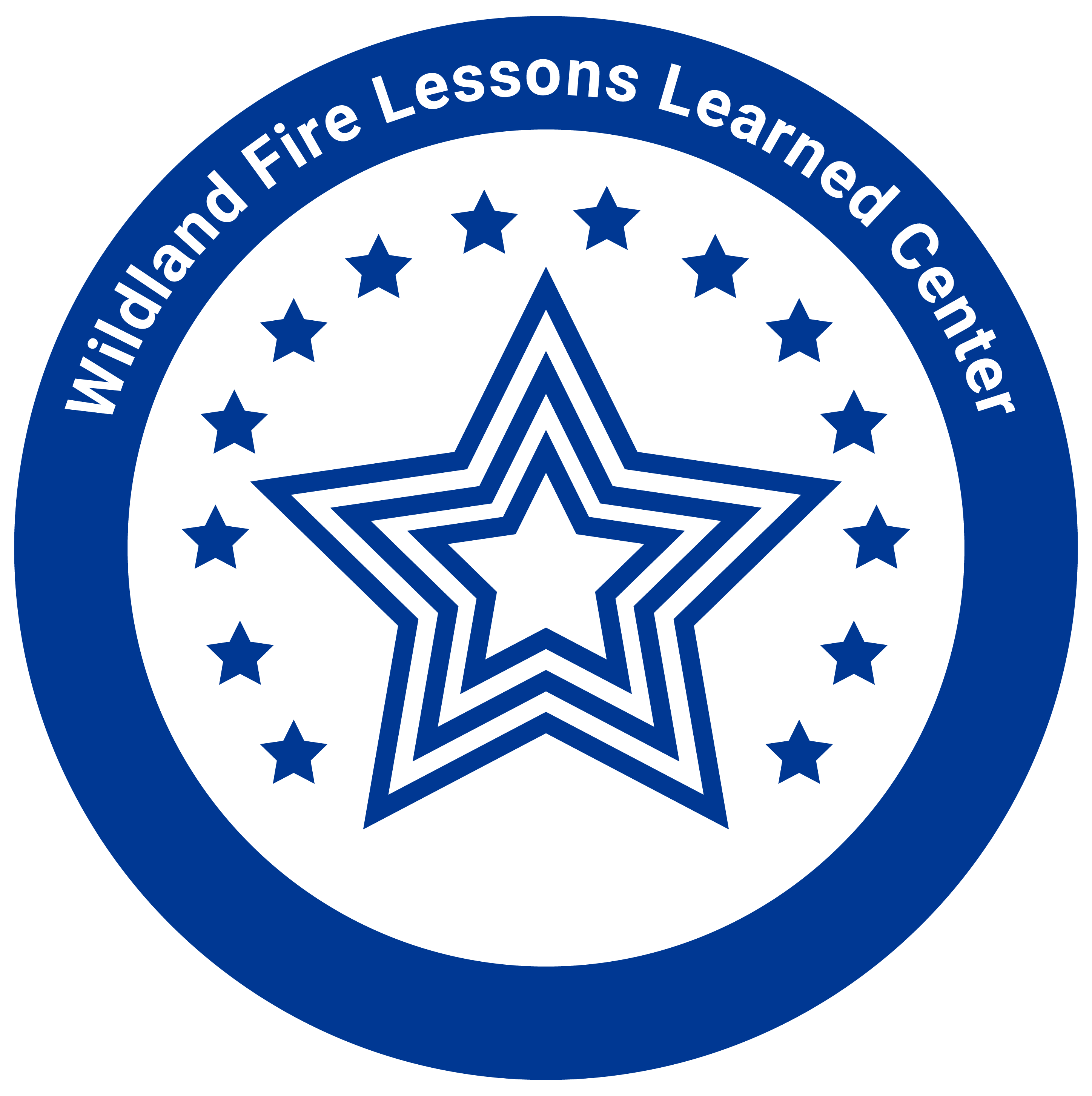320 Road Entrapment
[The 2023 Summer Issue of Two More Chains invited its readers to study several fires that they may not recall—or maybe never even heard of. This short summary of the “320 Road Entrapment” incident was one of these writeups that originally appeared in that Two More Chains issue.]

This event happened on a fire you may have heard of, the Coal Canyon Fire. This incident is not the fatality that occurred during initial attack on August 11, but a firing operation resulting in a very close call on August 12.
On August 11 a Type 3 management organization is transitioning into place and a Type 2 incident management team has been ordered. An indirect strategy is developed to prep and burn out a system of roads.
At 1300 on August 12, firing down the 320 Road begins. The intent of the burnout is to stay ahead of the main fire and tie into a check line created by a dozer. At around 1400, the firing operation successfully ties into the main fire that has burned up to the check line.
The Crew Boss notices the main fire has already flanked around the bottom of the check line and discusses the need to continue firing with Task Force Leader Z. Crew A1 anchors from the black and reinitiates the firing operation.

At approximately 1445, a spot fire starts 100 feet on the other side of the saddle. Operational tempo and friction are noticeably increasing.
Just after 1500, a wall of flames crests the ridge. Fire behavior is explosive and erratic with over 100-foot flame lengths. Winds are strong enough to blow one crewmember’s hardhat off. The Crew Boss suddenly realizes that the operation has now shifted from an offensive tactic of burning out ahead of the fire, to a defensive tactic of firing out good black for the crew to step into if necessary.
At this point, the Crew Boss turns and notices that A2 truck’s rear tires and bumper are on fire. Access to the vehicle is hampered by the heat from nearby spot fires.

One the Many Lessons from this Report
Roll Call: The crews initiated a roll call after fire activity subsided. The roll call was conducted using the inter-crew frequency and then confirmed over the tactical channel. This is one of the most important SOPs. The impact of the roll call was not only beneficial to the crew and the crew leaders, but also to other resources on the Division.
----------
To see the 320 Road Entrapment report:
https://lessons.wildfire.gov/incident/coal-canyon-fire-320-road-entrapment-2011

